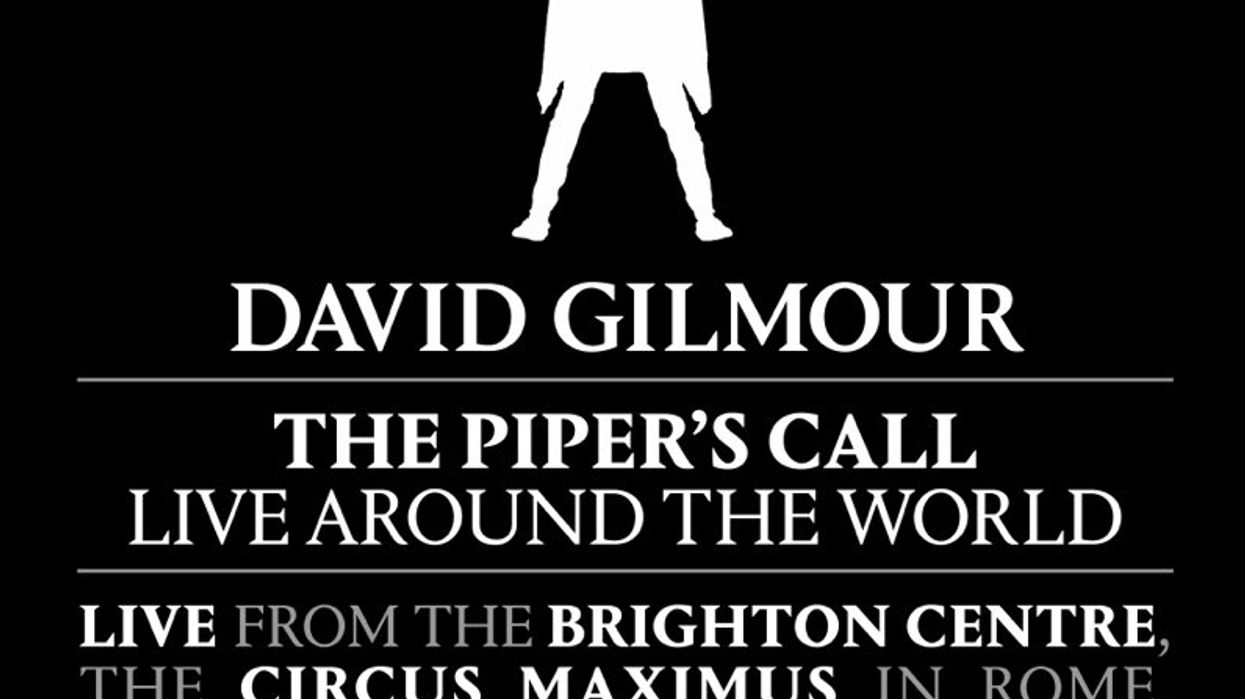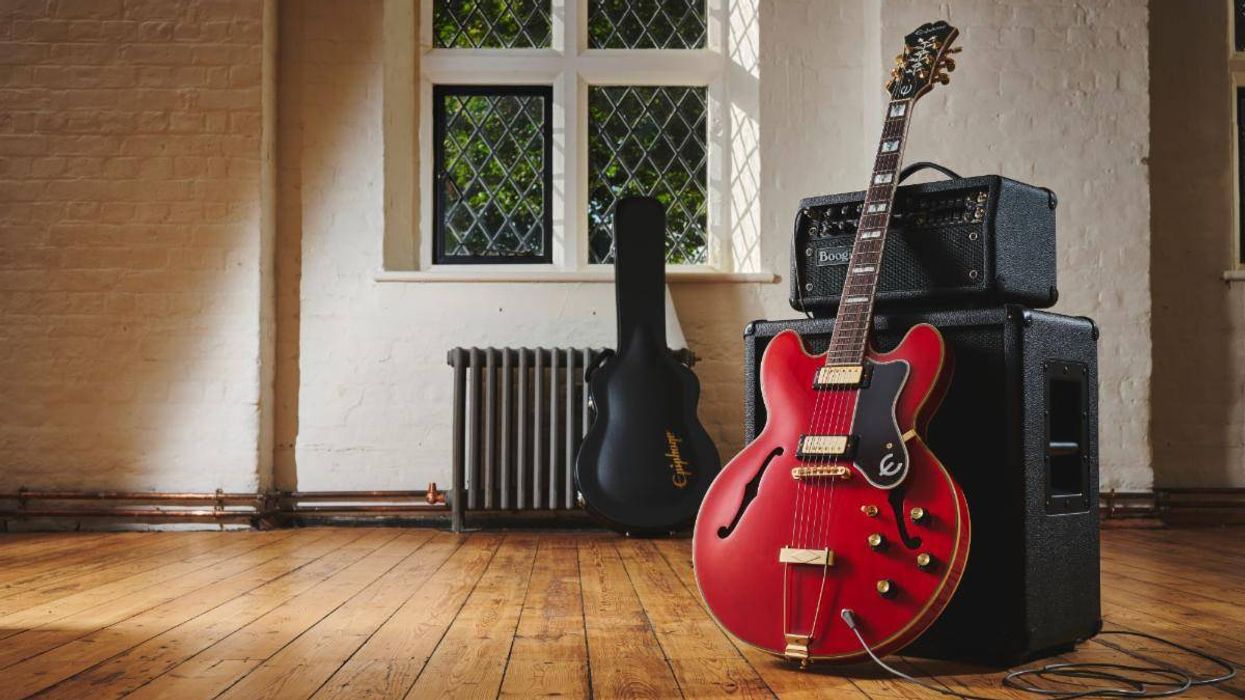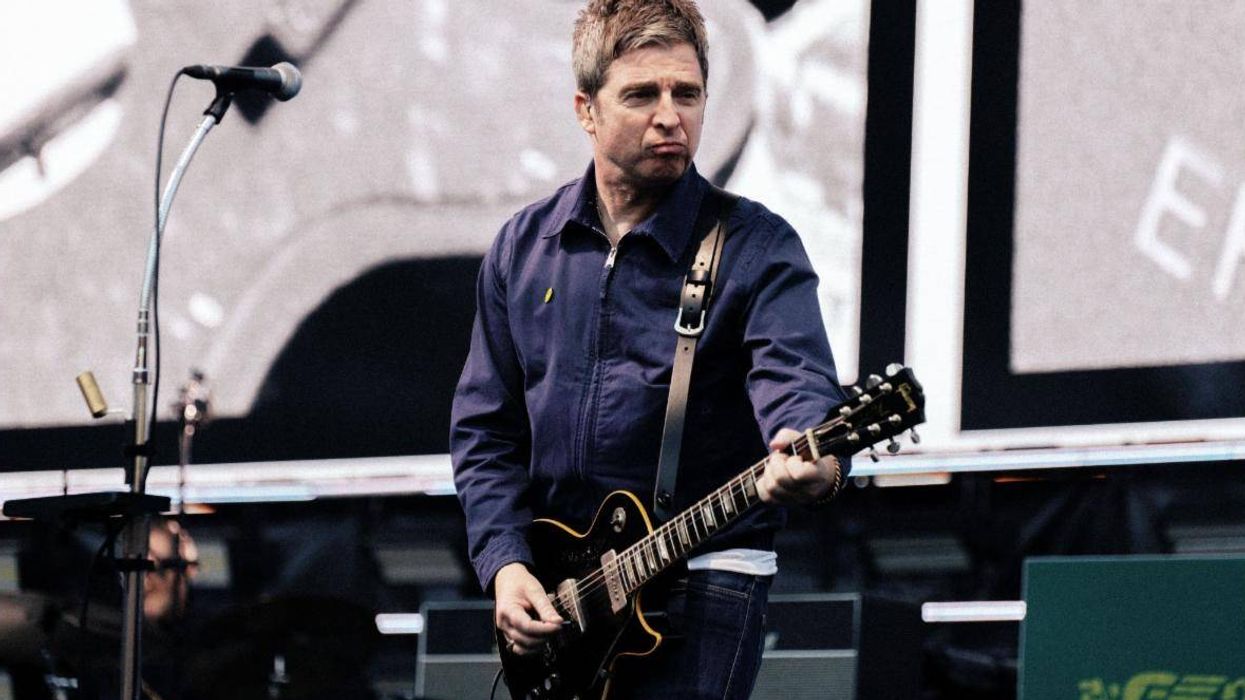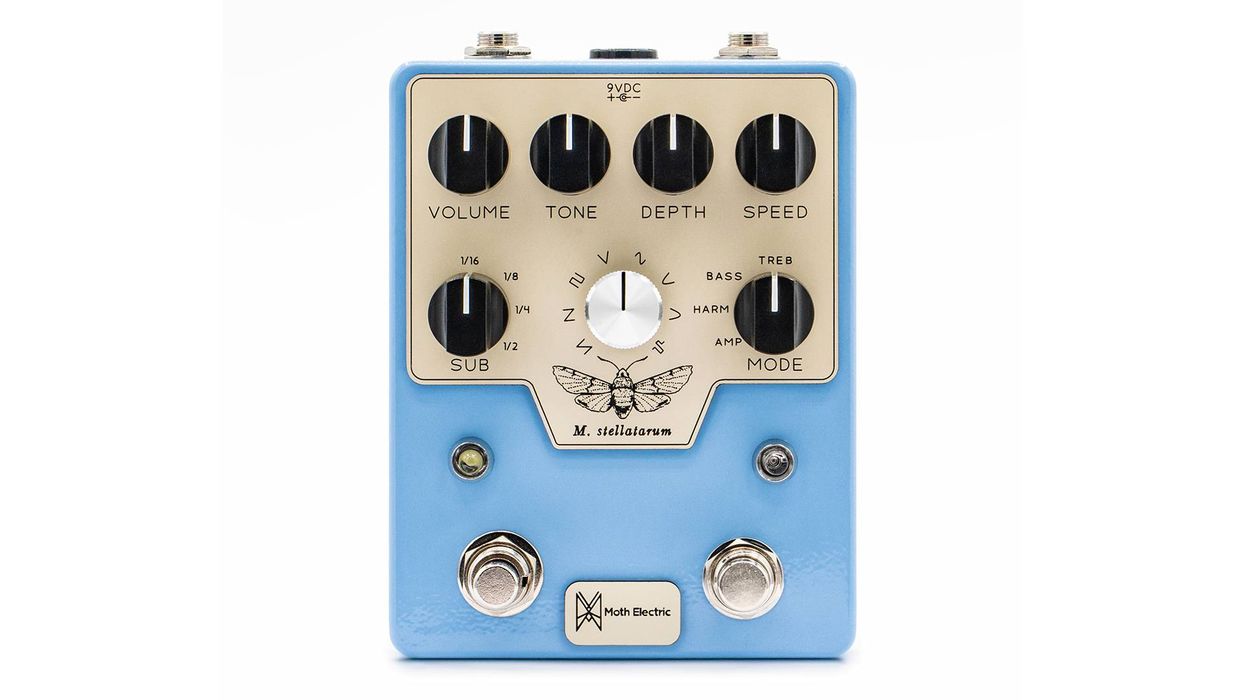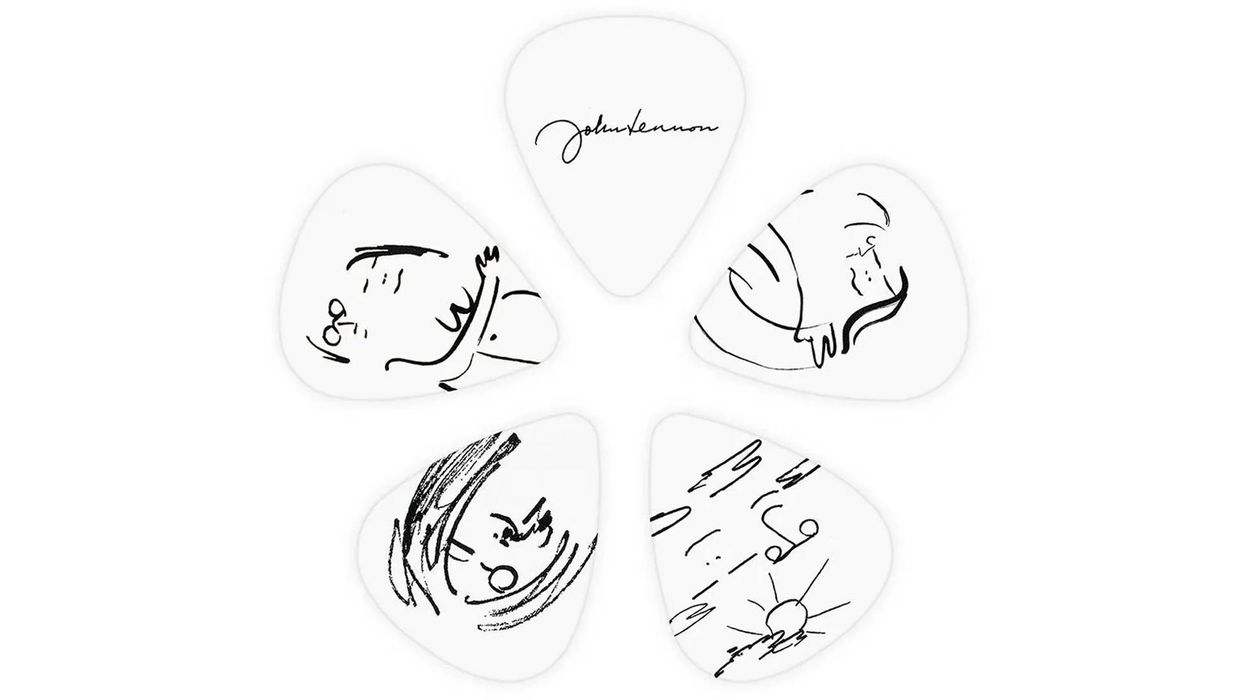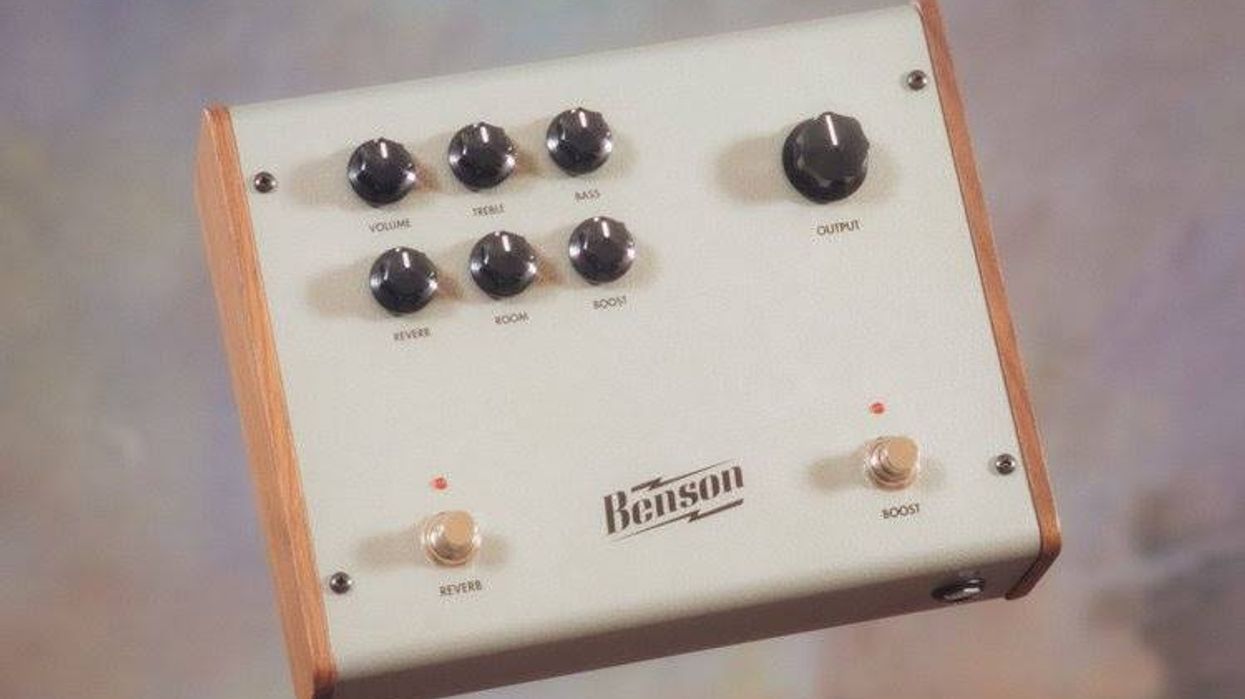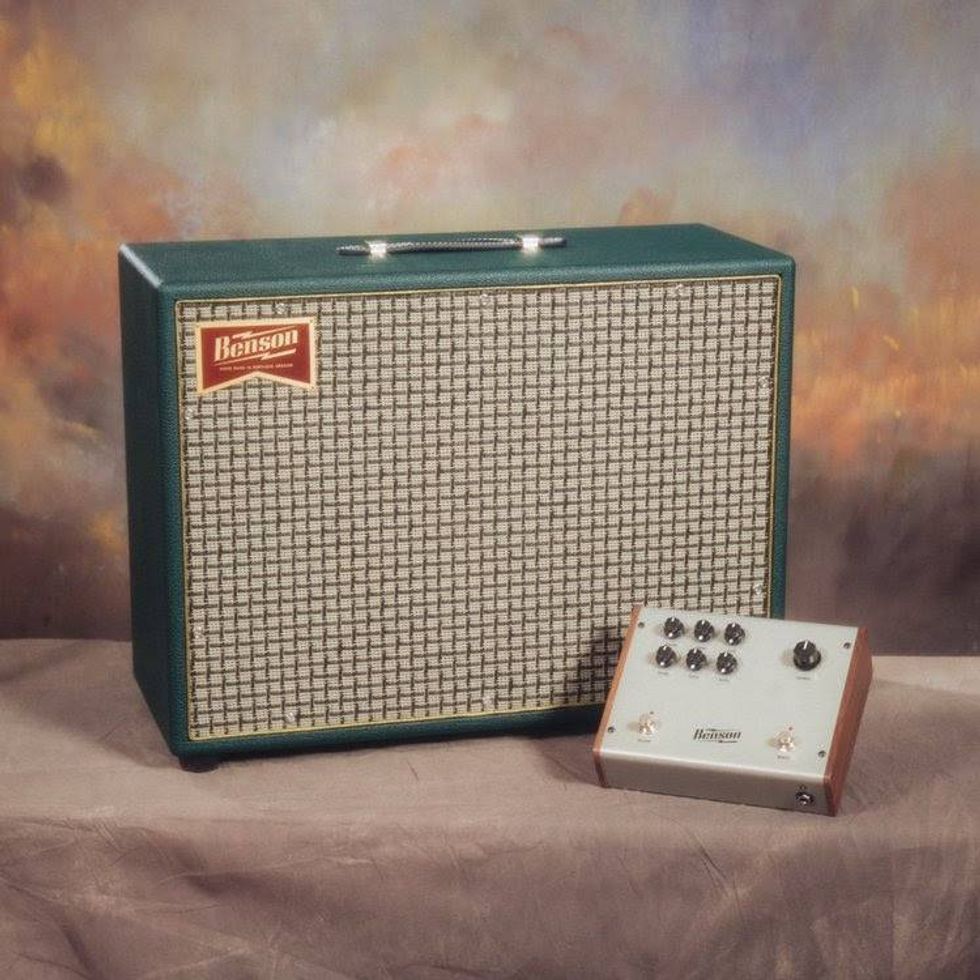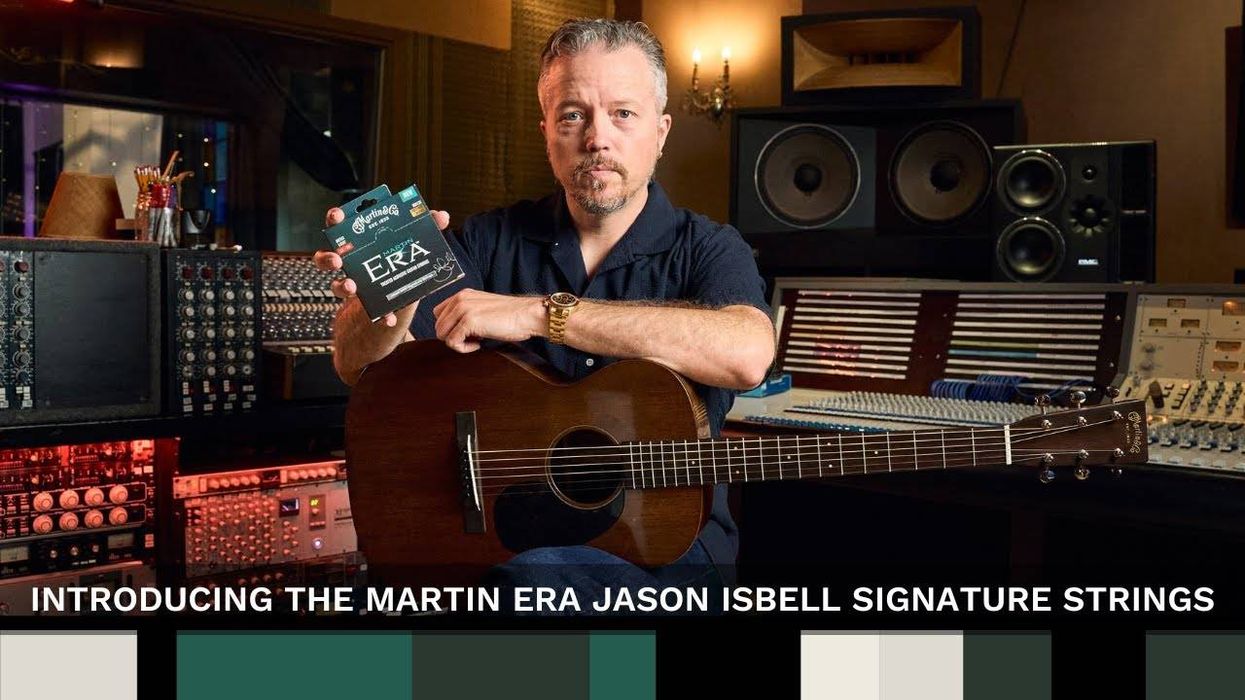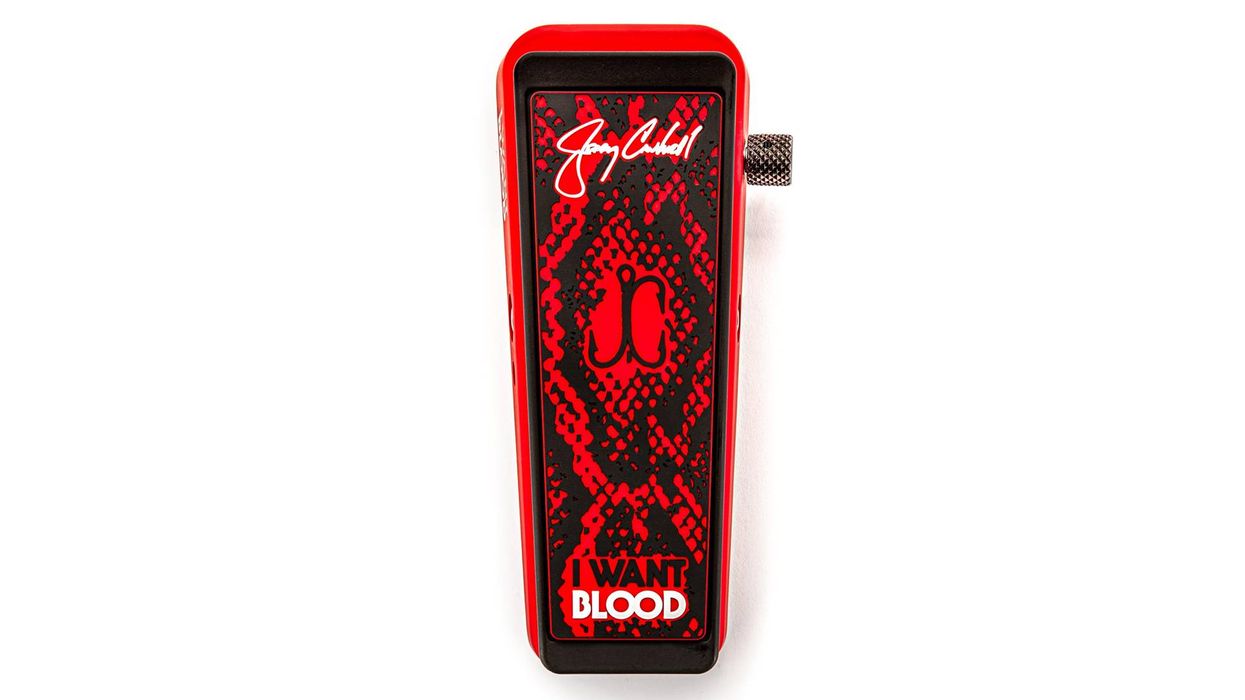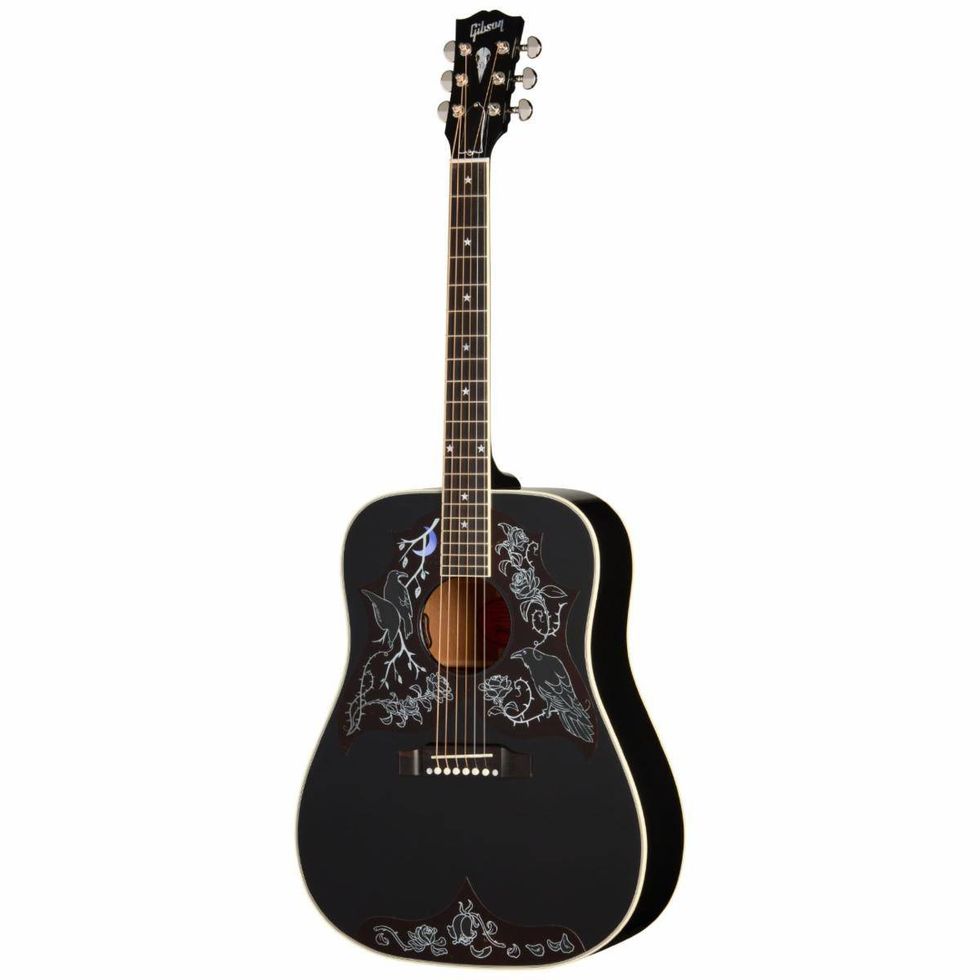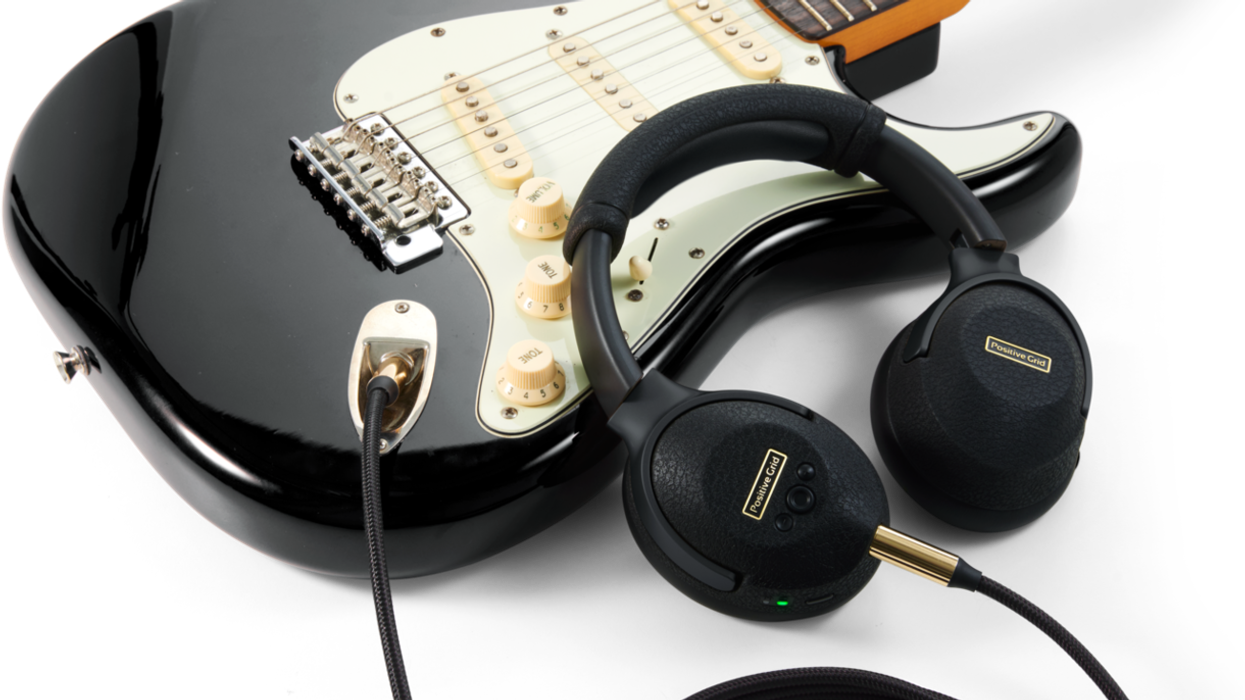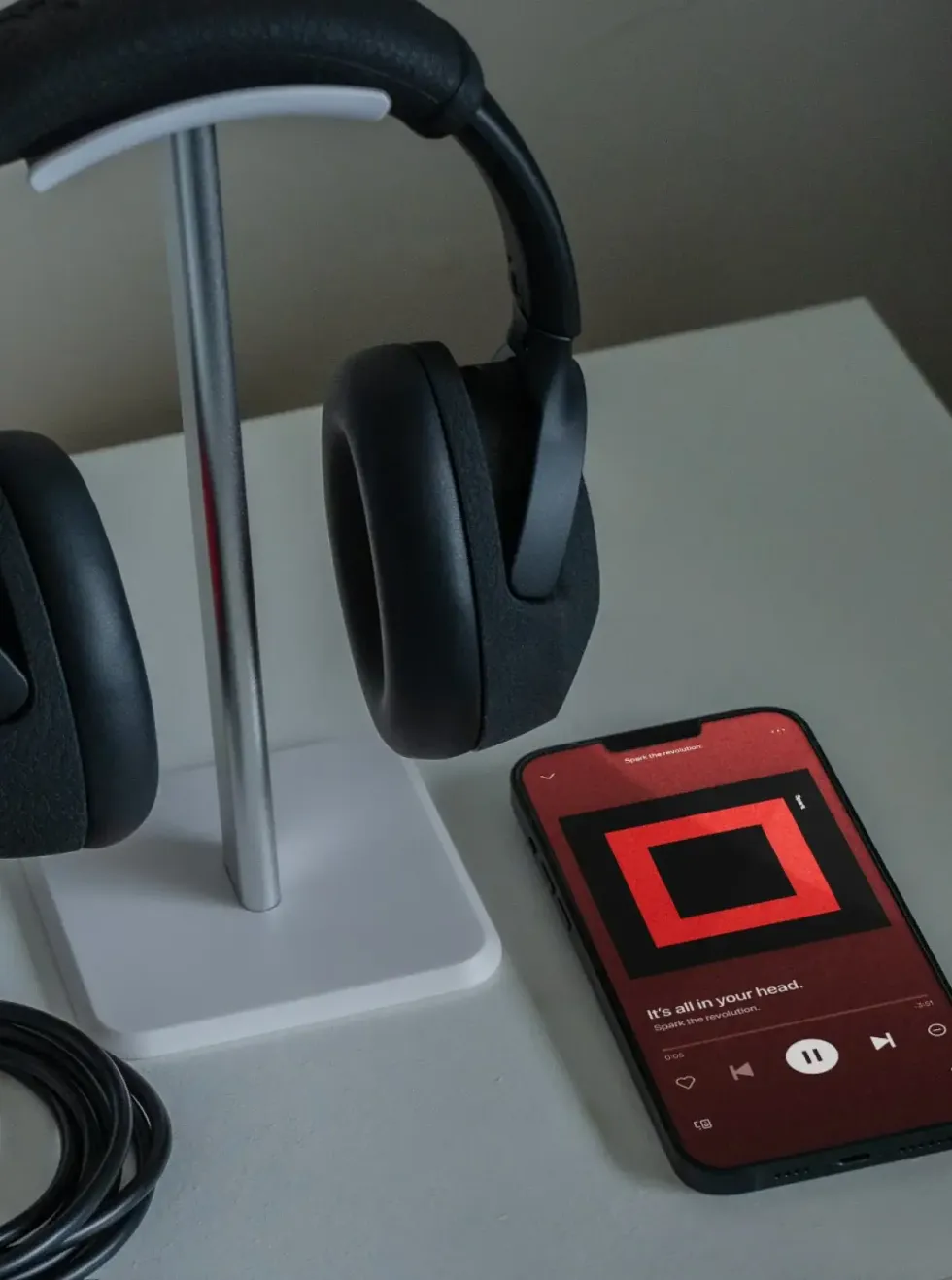David Gilmour releases a special live version of the "The Piper's Call" from his solo album Luck and Strange.
"The Piper's Call Live Around The World" is a digital only release and was recorded at The Brighton Centre, Circus Maximus in Rome, the Royal Albert Hall in London, the Intuit Dome in Los Angeles and Madison Square Garden in New York and edited together by Gilmour, Charlie Andrew and Matt Glasbey to form one seamless track recorded throughout the Luck and Strange tour.
David Gilmour “On the Luck and Strange tour, I played with the best band I've ever had. Their personalities, playing abilities and enthusiasm for my new music have made for a fabulous experience for Polly and me. Romany's voice really stands out and has its own particular character, she brings a sense of mischief and fun to the live performance, which I think we needed. Thank you to everyone who attended the shows in Europe and America and thank you for buying 'Luck and Strange’. I hope you found as much enjoyment in the music as we did while performing it.”
Luck and Strange was recorded over five months in Brighton and London and is Gilmour's first album of new material in nine years. The record was produced by David and Charlie Andrew, best known for his work with alt-J and Marika Hackman. The album features nine tracks, including the singles' The Piper's Call', 'Dark And Velvet Nights', and a beautiful reworking of The Montgolfier Brothers' 1999 song, 'Between Two Points,' which features 22-year-old Romany Gilmour on vocals and harp; the lead-off track, 'The Piper's Call,' and the title track, which features the late Pink Floyd keyboard player Richard Wright, recorded in 2007 at a jam in a barn at David's house. The album features artwork and photography by the renowned artist Anton Corbijn.
The Luck and Strange tour began with two sold-out warm-up shows at the Brighton Centre before moving to Circus Maximus in Rome for six sold-out nights, followed by the same about at London's Royal Albert Hall before moving Stateside for sold-out evenings at the Intuit Dome and Hollywood Bowl in Los Angeles before concluding with five sold-out nights at Madison Square Garden in New York.
Learn more: www.davidgilmour.com.
